Home>Garden Essentials>Garden Plants>What Is Red Thyme Essential Oil Used For
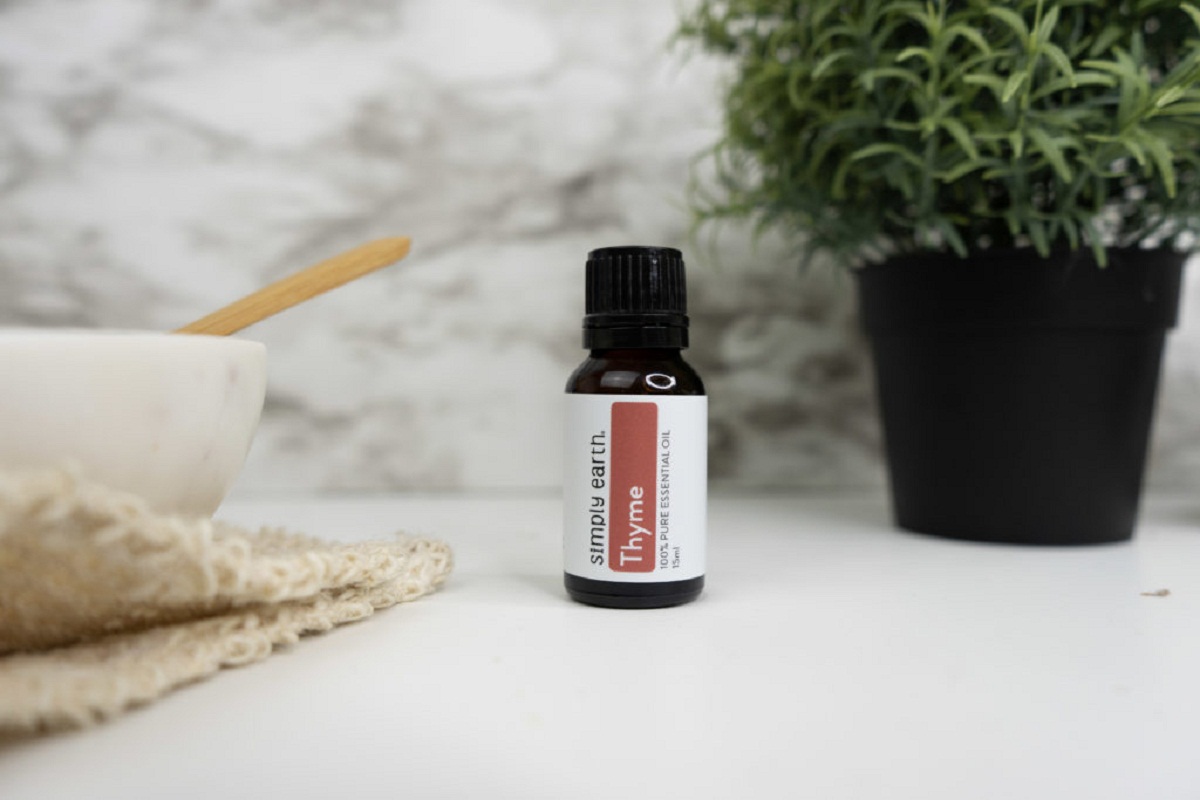

Garden Plants
What Is Red Thyme Essential Oil Used For
Modified: December 7, 2023
Discover the many uses of red thyme essential oil extracted from plants. From aromatherapy to natural remedies, explore the benefits and applications of this versatile oil.
(Many of the links in this article redirect to a specific reviewed product. Your purchase of these products through affiliate links helps to generate commission for Storables.com, at no extra cost. Learn more)
Introduction
Red Thyme essential oil is a powerful and versatile oil that has been used for centuries due to its numerous health benefits and therapeutic properties. Derived from the leaves and flowers of the Thymus vulgaris plant through a distillation process, this essential oil is rich in chemical compounds that contribute to its wide range of uses.
Red Thyme essential oil has a long history dating back to ancient civilizations such as the Egyptians, Greeks, and Romans, who recognized its medicinal properties and used it for various purposes. From its use in treating respiratory conditions to promoting healthy skin and hair, this oil has gained popularity in both traditional and modern medicine.
In this article, we will delve into the world of Red Thyme essential oil, exploring its historical background, extraction process, chemical composition, medicinal uses, benefits for skin and hair, its role in aromatherapy, and safety precautions.
Whether you’re a fan of natural remedies, a skincare enthusiast, or an avid user of essential oils, this article will provide you with comprehensive information on the numerous uses and benefits of Red Thyme essential oil.
Key Takeaways:
- Red Thyme essential oil, with its rich history and potent properties, offers versatile uses from medicinal benefits to skincare and aromatherapy, making it a valuable addition to natural health and wellness routines.
- When using Red Thyme essential oil, it’s crucial to prioritize safety by diluting the oil, performing patch tests, and seeking professional guidance, ensuring safe and effective usage for overall well-being.
Read more: What Is Thyme Oil Used For
Overview of Red Thyme Essential Oil
Red Thyme essential oil, also known as Thymus vulgaris essential oil or common thyme essential oil, is derived from the aromatic herb Thymus vulgaris. It is one of the most popular and widely used essential oils, prized for its potent medicinal and aromatic properties.
The oil is obtained through a steam distillation process, where the leaves and flowering tops of the Thymus vulgaris plant are carefully selected and subjected to high-pressure steam. This process helps release the volatile compounds and capture the aromatic essence of the plant, resulting in a highly concentrated and therapeutic oil.
Red Thyme essential oil has a strong, spicy, and herbaceous aroma, which is indicative of its high thymol content. Thymol is a powerful natural compound found in Thyme oil known for its antimicrobial, antifungal, and antiviral properties.
Due to its versatility and effectiveness, Red Thyme essential oil is commonly used in aromatherapy, skincare products, haircare treatments, and natural remedies for various health conditions. It blends well with other essential oils like lavender, rosemary, lemon, and eucalyptus, making it a popular choice for creating custom blends.
When using Red Thyme essential oil, it is important to note that dilution is necessary to avoid skin irritation or sensitization. It is recommended to dilute it in a carrier oil such as coconut oil, almond oil, or jojoba oil before topical application.
Now that we have an overview of Red Thyme essential oil, let’s explore its historical background and learn more about its traditional uses in the next section.
Historical Background
The use of Thyme dates back to ancient civilizations, where it played a significant role in various cultural practices and traditional medicine. The Egyptians, Greeks, and Romans were among the civilizations that valued the therapeutic properties of Thyme and utilized it for its healing benefits.
In ancient Egypt, Thyme was regularly used in embalming rituals due to its strong antimicrobial properties. The herb was believed to help preserve the body by preventing bacterial and fungal growth. Thyme was also used in cosmetics and perfumes, reflecting its esteemed status in Egyptian culture.
The Greeks revered Thyme for its medicinal qualities and associated it with courage and bravery. It was commonly used as an incense during religious ceremonies and was burned to purify the air. Greek physicians, such as Hippocrates and Dioscorides, documented the use of Thyme in treating respiratory ailments and digestive issues.
During the Roman era, Thyme became an essential part of their daily lives. Roman soldiers would bathe in water infused with Thyme to invigorate their spirits and enhance their strength. Thyme was also used as a culinary herb to add flavor to their cuisine. It was believed to have purifying properties and was often burned as incense in temples and homes.
Throughout history, Thyme was also associated with protection and used to ward off evil spirits. It was traditionally placed under pillows or burned in homes to create a sense of purity and ward off negative energies. These superstitious beliefs and practices have contributed to the widespread use of Thyme as a symbol of strength and vitality.
Today, the historical use of Thyme continues to be celebrated, and Red Thyme essential oil remains a popular choice for its numerous health benefits. Its rich history connects us to ancient civilizations and reminds us of the power of nature in promoting well-being and vitality.
In the next section, we will explore the process of extracting Red Thyme essential oil and understand how its chemical composition contributes to its therapeutic properties.
Extraction Process
The extraction of Red Thyme essential oil is done through a process called steam distillation. This method ensures that the volatile compounds present in the plant material are extracted, resulting in a concentrated and potent oil.
The process starts with the careful selection of the Thymus vulgaris plant. The leaves and flowering tops of the plant contain the highest concentration of essential oil and are therefore ideal for extraction. Once harvested, the plant material is thoroughly inspected for quality and cleanliness.
The plant material is then placed in a distillation apparatus, typically a still, where it is subjected to high-pressure steam. The steam helps to break down the plant material and release the essential oil compounds. As the steam rises, it carries the volatile oils along with it.
The steam and essential oil mixture then enters a condensation chamber, where it is cooled rapidly. The cooling causes the steam to condense back into water, separating it from the essential oil. The essential oil, being slightly lighter than water, floats on top and is collected.
The collected essential oil undergoes a process called “separation,” where any remaining water or impurities are removed. This results in a pure and potent Red Thyme essential oil ready for use.
The steam distillation process is regarded as the most common and efficient method for obtaining essential oils, as it preserves the integrity of the plant compounds while extracting them in their purest form. It ensures that the essential oil retains its therapeutic qualities and aromatic properties.
It is important to note that the quality of the extraction process plays a significant role in determining the potency and efficacy of the essential oil. To obtain the highest quality Red Thyme essential oil, it is essential to source it from reputable suppliers who follow strict quality control measures and adhere to sustainable farming practices.
Next, we will explore the chemical composition of Red Thyme essential oil and understand how it contributes to its medicinal properties.
Chemical Composition
Red Thyme essential oil is composed of a complex array of chemical compounds that contribute to its therapeutic properties and unique aroma. The primary active compounds found in Red Thyme essential oil include:
- Thymol: Thymol is the main constituent of Red Thyme essential oil and is responsible for its strong antimicrobial properties. It exhibits powerful antifungal, antiviral, and antibacterial effects, making it effective against various pathogens.
- Carvacrol: Carvacrol is another significant compound in Red Thyme oil known for its antimicrobial properties. It works synergistically with thymol to enhance the oil’s overall effectiveness.
- Linalool: Linalool contributes to the pleasant aroma of Red Thyme oil and possesses calming and relaxing properties. It is widely used in aromatherapy for its soothing effects on the mind and body.
- P-cymene: P-cymene is a natural compound found in Red Thyme oil that exhibits antioxidant and anti-inflammatory properties. It helps combat free radicals and reduces inflammation in the body.
- Terpinene: Terpinene is a terpene found in Thyme oil that possesses antiseptic and expectorant properties. It is known to aid in respiratory conditions and promote clear breathing.
The combination of these compounds, along with trace amounts of other constituents such as cineol, borneol, and geraniol, gives Red Thyme essential oil its therapeutic versatility.
It is important to note that the chemical composition of Thyme oil can vary depending on factors such as the plant’s growing conditions, harvest time, and extraction process. These variations can result in slight differences in aroma and potency among different batches of Red Thyme essential oil.
Understanding the chemical composition of Red Thyme essential oil provides insights into its potential health benefits and helps us harness its properties for various applications. In the following sections, we will explore the medicinal uses of Red Thyme oil, its benefits for skin and hair, and its role in aromatherapy.
Red thyme essential oil is commonly used for its antibacterial and antifungal properties. It can be used topically to help with acne, skin infections, and to promote wound healing. Always dilute with a carrier oil before applying to the skin.
Read more: What Is White Thyme Oil Used For
Medicinal Uses
Red Thyme essential oil has a long history of medicinal use and is highly regarded for its numerous health benefits. Its powerful antimicrobial, antifungal, and antiviral properties make it a valuable oil in supporting the immune system and combating various infections.
1. Respiratory Health: The potent compounds in Red Thyme oil have expectorant and antispasmodic properties, making it effective in alleviating respiratory conditions such as coughs, bronchitis, and congestion. Its expectorant action helps to break up mucus and phlegm, making it easier to expel from the lungs.
2. Immune Support: Red Thyme essential oil stimulates the production of white blood cells, helping strengthen the immune system’s response and defend against pathogens. Its antimicrobial properties make it effective in fighting off bacteria, viruses, and fungi.
3. Digestive Aid: Red Thyme oil has carminative properties that help ease digestion and relieve symptoms such as indigestion, flatulence, and bloating. It aids in stimulating the secretion of digestive enzymes, promoting healthy digestion.
4. Wound Healing: The antimicrobial properties of Red Thyme essential oil make it an excellent choice for wound care. It helps prevent infection by inhibiting the growth of bacteria and promotes faster healing of cuts, wounds, and abrasions.
5. Mental Clarity and Focus: The aromatic properties of Red Thyme oil can help improve mental clarity and focus. It can be used in aromatherapy to invigorate the mind, improve concentration, and boost overall cognitive function.
6. Stress Relief: Red Thyme essential oil has calming and soothing effects on the nervous system. It can help reduce stress, anxiety, and tension, promoting overall well-being and relaxation.
It is important to note that Red Thyme essential oil should always be used with caution. Due to its high thymol content, it is recommended to dilute the oil in a carrier oil before applying topically and perform a patch test to check for any skin sensitivities.
As with any essential oil, it is advisable to consult with a qualified healthcare professional before using Red Thyme oil for medicinal purposes, especially if you have underlying health conditions or are pregnant or breastfeeding.
In the next section, we will explore the benefits of Red Thyme essential oil for skincare and haircare.
Benefits for Skin and Hair
Red Thyme essential oil offers a range of benefits for both skin and hair, making it a popular ingredient in various skincare and haircare products. Its natural properties can help improve the health and appearance of your skin and hair.
1. Acne Treatment: The powerful antimicrobial properties of Red Thyme oil make it effective in treating acne. It helps eliminate bacteria that can cause breakouts and reduces inflammation. Diluted Red Thyme oil can be applied topically to affected areas or added to facial cleansers and toners.
2. Antioxidant Protection: Red Thyme essential oil contains antioxidants, such as p-cymene, which help protect the skin from free radical damage. Free radicals can contribute to premature aging, wrinkles, and dull-looking skin. Adding a few drops of Red Thyme oil to your skincare routine can help combat oxidative stress and promote a healthier complexion.
3. Natural Antiseptic: Red Thyme oil has natural antiseptic properties that can help cleanse and disinfect the skin. It can be used to treat minor cuts, wounds, and skin infections. Adding a few drops of diluted Red Thyme oil to a warm compress can aid in soothing and healing skin irritations.
4. Scalp Health: Red Thyme essential oil can promote a healthy scalp by regulating sebum production and reducing dandruff. Its antifungal properties help eliminate fungal infections that can cause scalp issues. Adding a few drops of Red Thyme oil to your shampoo or diluting it in a carrier oil for a scalp massage can improve the health of your hair and scalp.
5. Hair Growth: Red Thyme oil can stimulate blood circulation in the scalp, which promotes hair growth. It also helps strengthen hair follicles and reduces hair loss. Mix a few drops of Red Thyme oil with a carrier oil, such as coconut or jojoba oil, and massage it into your scalp to boost hair growth and improve thickness.
As with any essential oil, it is important to perform a patch test before using Red Thyme oil topically. If you experience any irritation or discomfort, discontinue use immediately.
Now that we have explored the benefits of Red Thyme essential oil for skin and hair, let’s delve into its role in aromatherapy and the effects it can have on your overall well-being.
Aromatherapy and Its Effects
Aromatherapy is the use of essential oils to promote physical, emotional, and mental well-being. Red Thyme essential oil plays a significant role in aromatherapy, offering a range of effects that can positively impact the mind and body.
1. Relaxation and Stress Relief: Inhaling the aroma of Red Thyme oil can help calm the mind and reduce stress and anxiety. Its soothing properties promote relaxation and can aid in achieving a state of tranquility. Diffusing Red Thyme oil in an essential oil diffuser or adding a few drops to a warm bath can help create a calming ambiance.
2. Mental Clarity and Focus: The invigorating aroma of Red Thyme oil can help enhance mental clarity, concentration, and focus. It can be beneficial during times when you need to stay alert and attentive. Diffusing Red Thyme oil in your workspace or adding a drop to a tissue and inhaling can help improve cognitive function.
3. Respiratory Support: The inhalation of Red Thyme essential oil can help clear congestion and support respiratory health. Its expectorant properties aid in relieving coughs and opening up the airways. Direct inhalation or steam inhalation with a few drops of Red Thyme oil can provide relief from respiratory discomfort.
4. Mood Enhancement: Red Thyme oil has uplifting properties that can help improve mood and promote a sense of well-being. Its pleasant aroma can uplift the spirits and create a positive atmosphere. Adding a few drops of Red Thyme oil to a diffuser or using it in personal inhalers can help enhance mood and emotional balance.
5. Immune Support: Red Thyme essential oil can provide immune support when used in aromatherapy. Its antimicrobial properties help purify the air and protect against harmful pathogens. Diffusing Red Thyme oil regularly in your living space can help create a clean and healthy environment.
It is important to note that when using Red Thyme oil for aromatherapy, proper dilution and diffusion methods should be followed. Ensure that the room is well-ventilated, and avoid direct inhalation for an extended period. Always consult a qualified aromatherapist or healthcare professional for personalized guidance.
In the next section, we will discuss safety precautions to keep in mind while using Red Thyme essential oil.
Safety and Precautions
While Red Thyme essential oil offers numerous health benefits, it is important to use it with caution and follow proper safety guidelines. Here are some essential safety measures and precautions to keep in mind:
1. Dilution: Red Thyme oil is highly concentrated and should always be diluted before applying it to the skin. A general guideline is to use a dilution ratio of 1-2% in a carrier oil. This means adding 1-2 drops of Red Thyme oil to every 1 teaspoon of carrier oil.
2. Patch Test: Before using Red Thyme oil topically, perform a patch test on a small area of your skin. This will help determine if you have any sensitivity or allergic reaction to the oil. If you experience any redness, irritation, or discomfort, discontinue use immediately.
3. Sensitivity: Some individuals may be more sensitive to the strong aroma and potent properties of Red Thyme oil. If you have sensitive skin or a pre-existing skin condition, it is advisable to consult with a healthcare professional before using this oil topically.
4. Pregnancy and Children: Pregnant and breastfeeding women should exercise caution when using Red Thyme oil. It is advisable to consult with a healthcare professional before incorporating it into your routine. Additionally, children under the age of 6 should avoid using Red Thyme essential oil, as it may be too strong for their delicate skin.
5. Internal Use: Red Thyme essential oil is not recommended for internal use unless under the guidance and supervision of a qualified aromatherapist or healthcare professional. Ingesting essential oils can have adverse effects and should be done with utmost caution.
6. Drug Interactions: If you are currently taking any medications or have a pre-existing medical condition, it is advisable to consult with a healthcare professional before using Red Thyme oil. Some essential oils may interact with certain medications, so it is important to ensure compatibility.
7. Storage: Store Red Thyme essential oil in a cool, dark place away from direct sunlight and heat. This helps preserve its potency and prevent degradation over time.
Remember, essential oils are highly concentrated substances, and proper usage and precautions should be observed. It is always recommended to seek guidance from a qualified aromatherapist or healthcare professional before incorporating Red Thyme oil into your routine.
As we conclude this article, we have explored the various uses, benefits, and precautions associated with Red Thyme essential oil. With its rich history, potent properties, and wide range of applications, Red Thyme oil continues to be a valuable tool in natural health and wellness.
Read more: What Is Thyme Used For
Conclusion
Red Thyme essential oil holds a special place in the world of natural remedies and aromatherapy. With its rich history dating back to ancient civilizations, this powerful oil continues to be valued for its versatile uses and numerous health benefits.
From its extraction process to its chemical composition, Red Thyme oil showcases a unique blend of compounds that contribute to its therapeutic properties. Its robust antimicrobial, antifungal, and antiviral effects make it a formidable ally in supporting immune health and fighting off infections.
Red Thyme oil’s benefits extend beyond medicinal uses. It is highly regarded for its positive effects on the skin and hair. Its ability to combat acne, support wound healing, and promote healthy scalp and hair growth make it a popular ingredient in skincare and haircare products.
In the realm of aromatherapy, Red Thyme oil offers a range of effects that can promote relaxation, mental clarity, and emotional well-being. Its aroma has the power to calm the mind, uplift the spirits, and support respiratory health.
While using Red Thyme essential oil, it is essential to adhere to proper safety precautions. Diluting the oil, performing patch tests, and consulting with healthcare professionals are integral steps to ensure safe and effective usage.
In conclusion, Red Thyme essential oil is a versatile and potent oil that continues to captivate individuals seeking natural remedies and holistic approaches to wellness. Its rich history, myriad of uses, and impressive health benefits make it a valuable addition to any home’s wellness toolkit.
Embrace the power of Red Thyme essential oil and explore the wonders it can bring to your health, skin, hair, and overall well-being.
Frequently Asked Questions about What Is Red Thyme Essential Oil Used For
Was this page helpful?
At Storables.com, we guarantee accurate and reliable information. Our content, validated by Expert Board Contributors, is crafted following stringent Editorial Policies. We're committed to providing you with well-researched, expert-backed insights for all your informational needs.




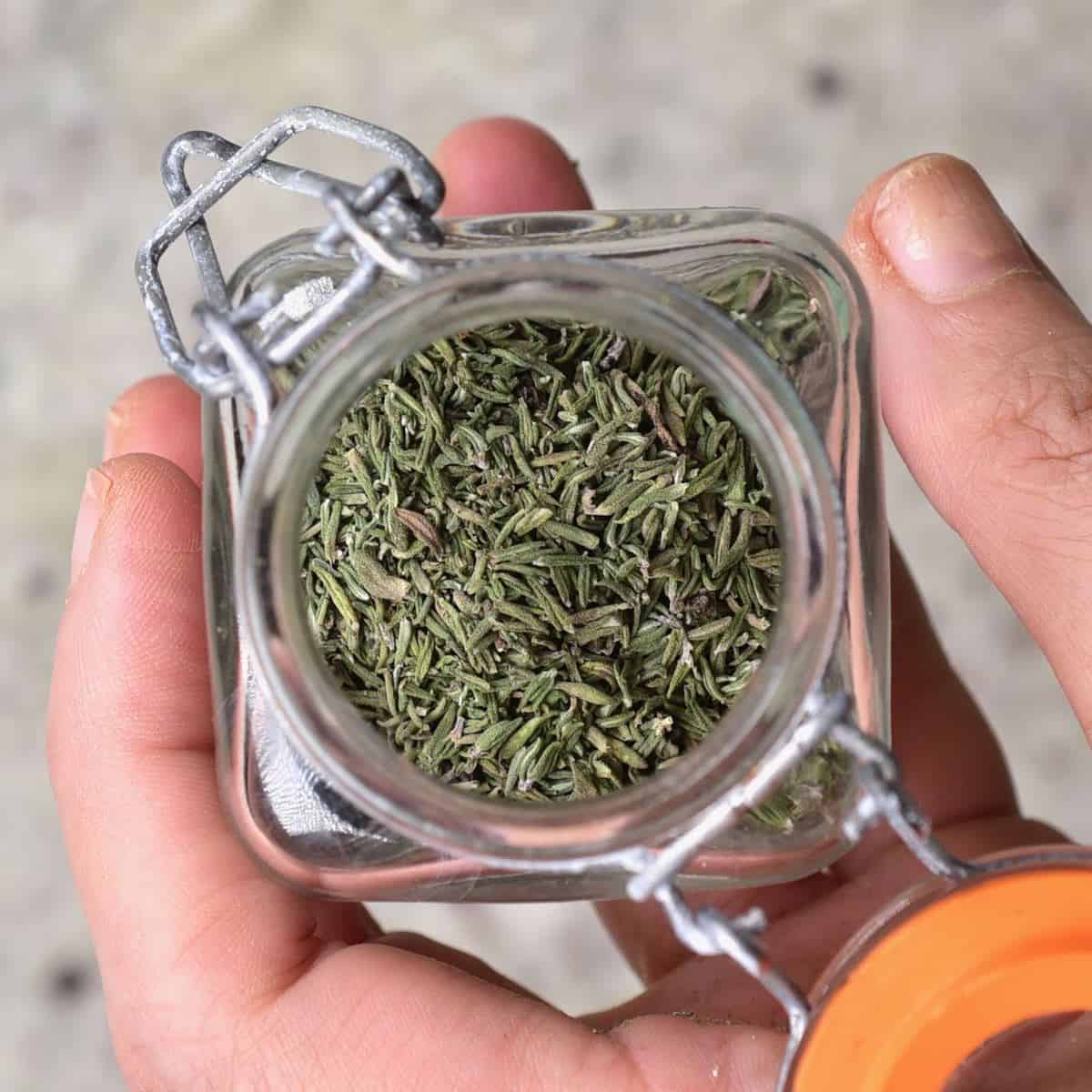
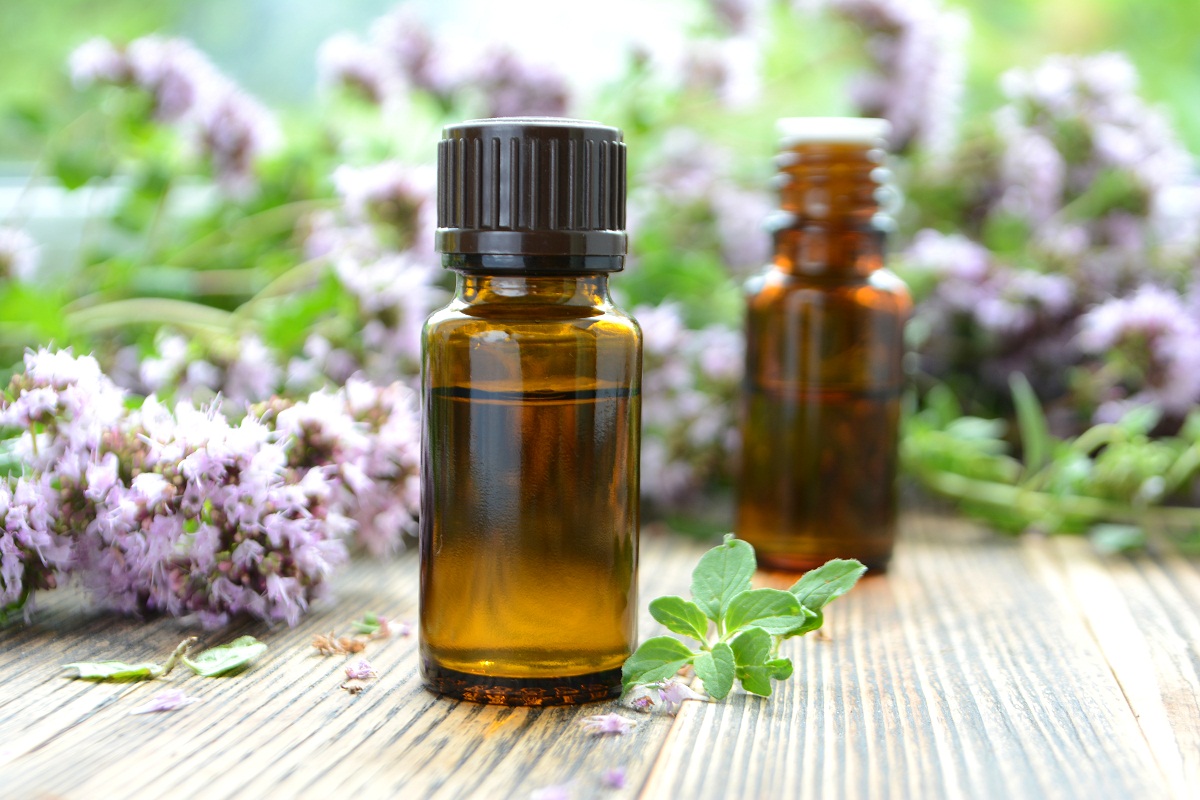
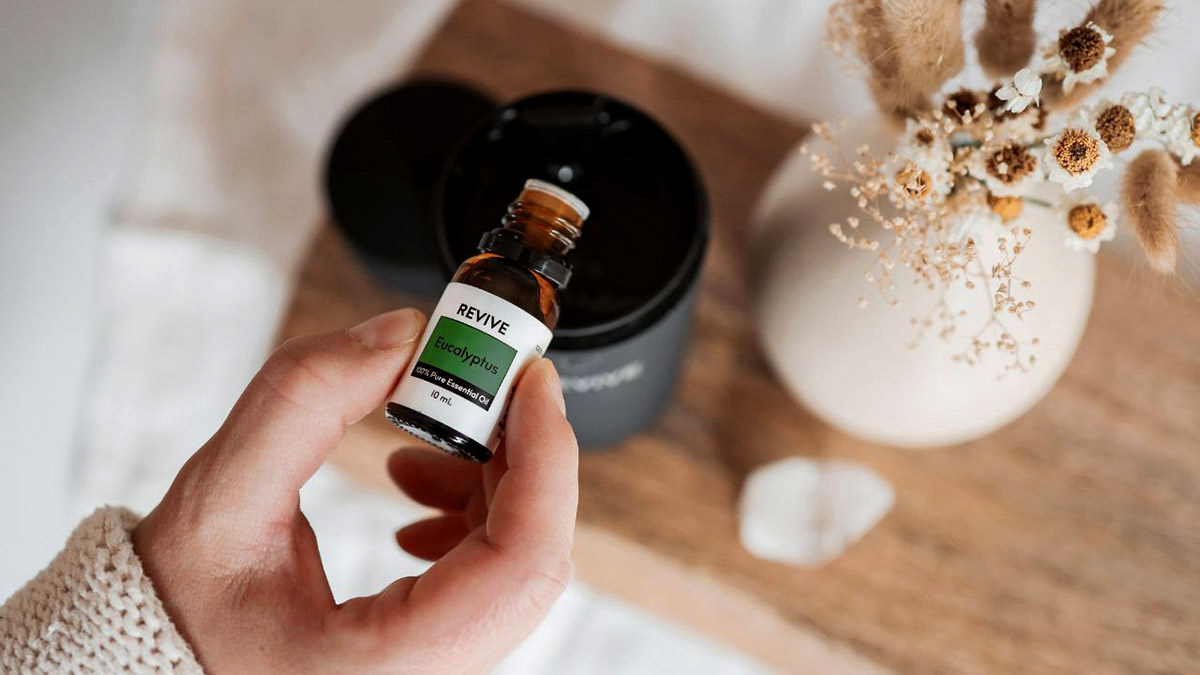
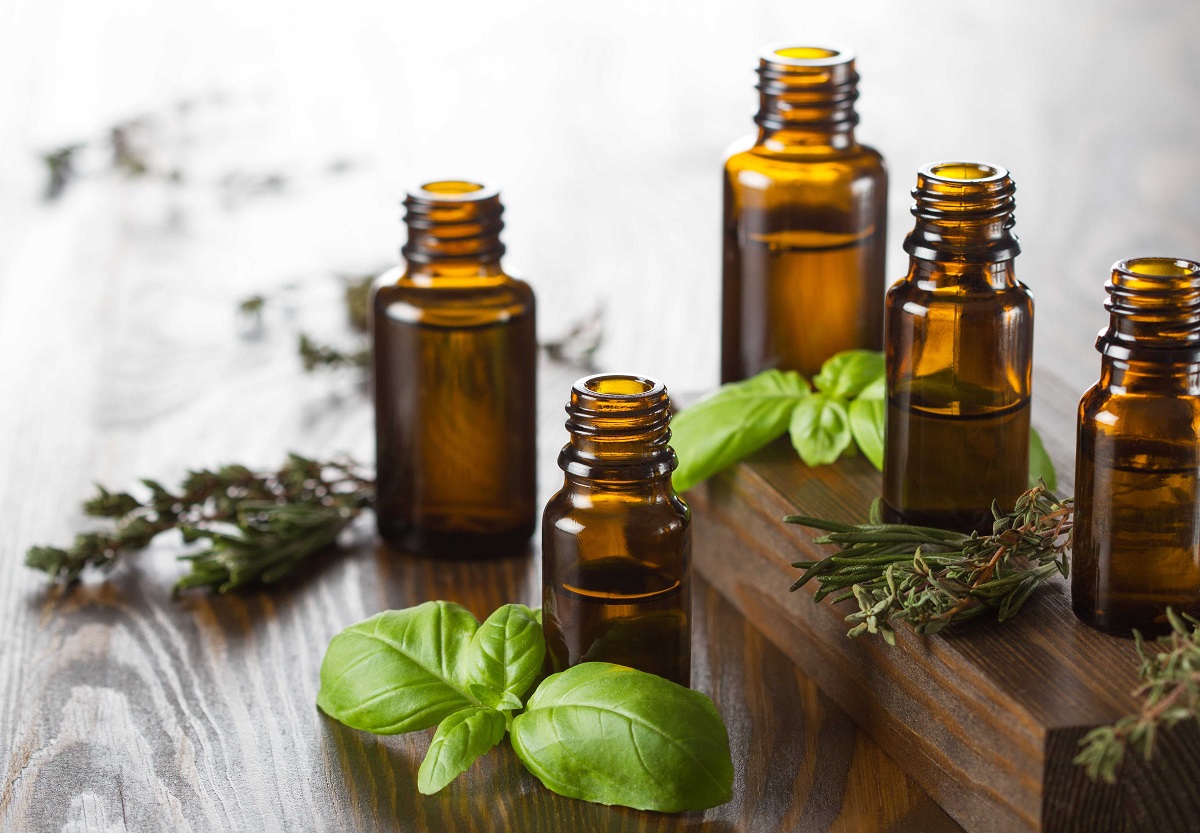




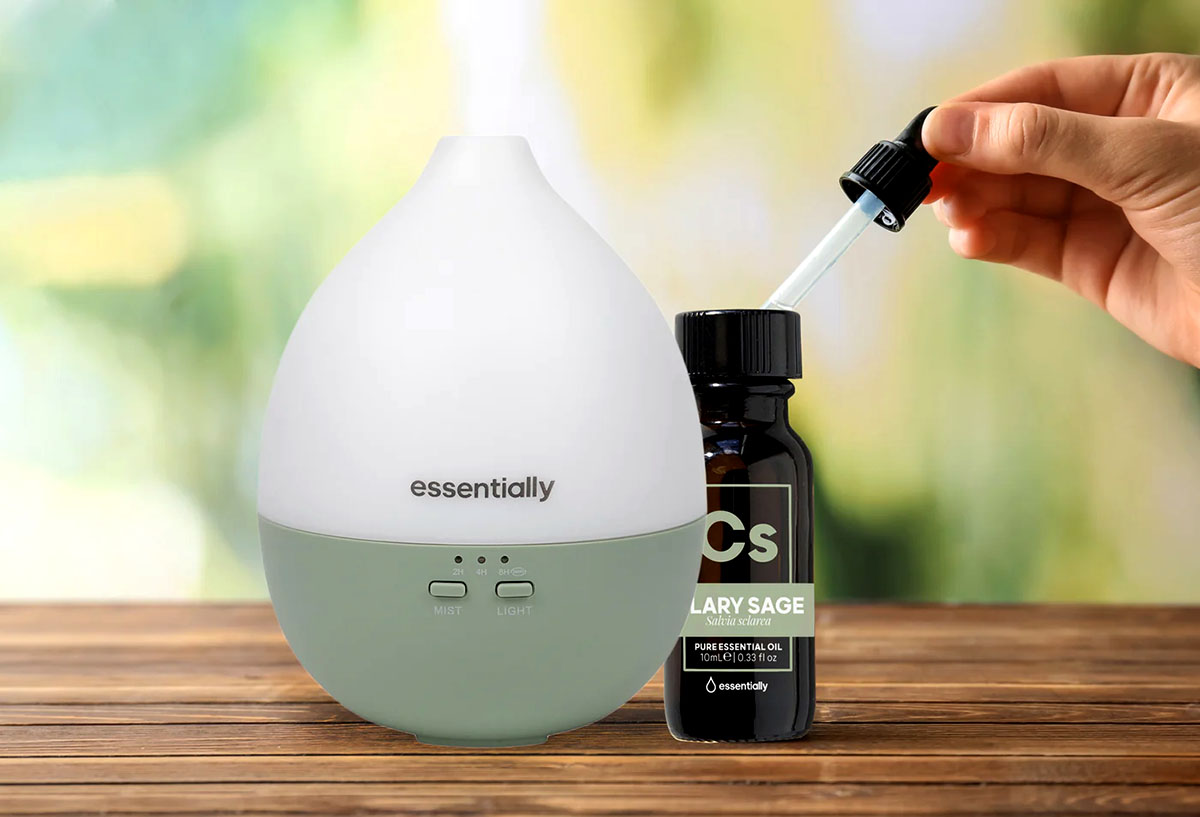

0 thoughts on “What Is Red Thyme Essential Oil Used For”